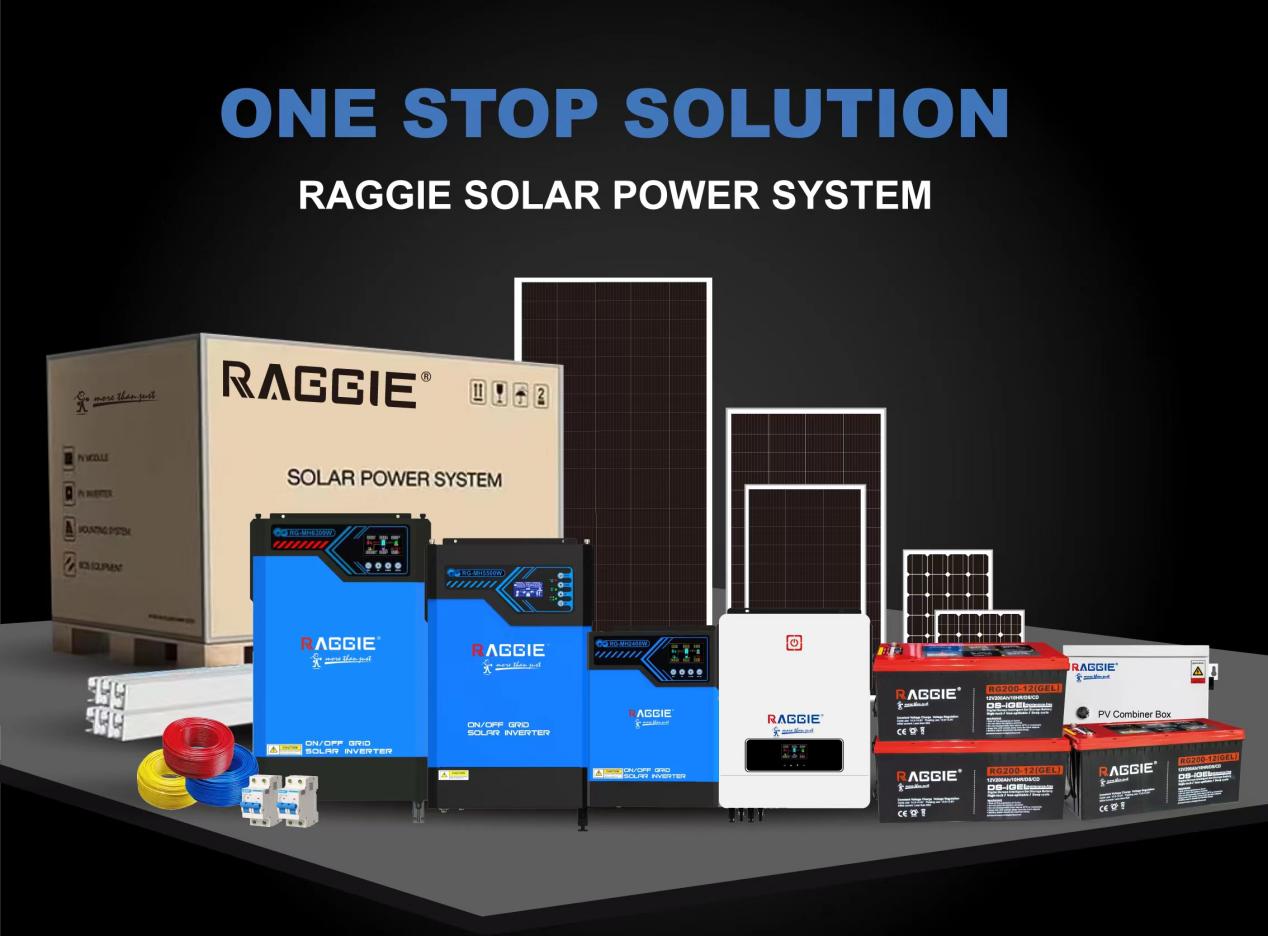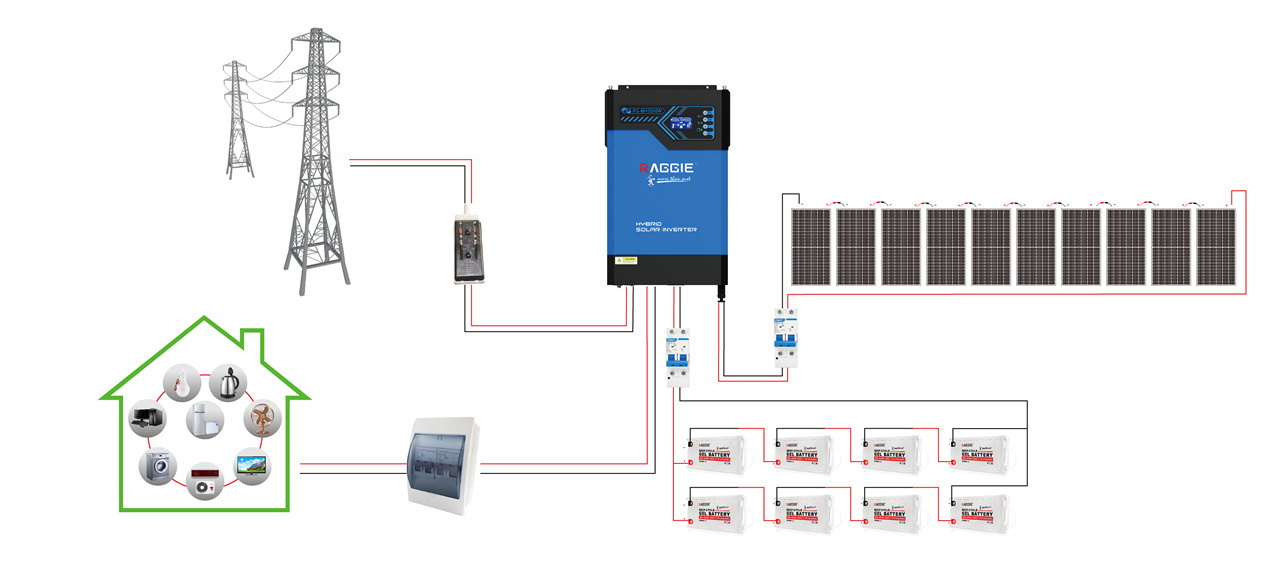How to use an inverter to connect a solar panel to power light bulbs at home?
In actual operation, we need to choose the appropriate equipment according to our own needs, and install and use it correctly.

Here, we’ll cover how to use an inverter to connect your solar panels to power your home’s light bulbs. Our steps are as follows:
1. Purchase inverters and solar panels
Inverters are key equipment used to convert the DC power captured by solar panels into AC power from the mains. Therefore, when purchasing an inverter, you need to consider its output power, voltage, frequency, efficiency and other relevant parameters, and choose an inverter that is compatible with solar panels to ensure a stable power supply.

At the same time, we also need to purchase solar panels suitable for home use. Factors such as the size and capacity of solar panels will affect the electrical energy they output. Generally speaking, smaller solar panels are suitable for supplying small loads such as household lights and small appliances, while large solar panels can be used for more purposes, such as agricultural production, construction sites, remote communications, and disaster relief.

2. Install solar panels
Solar panels need to be installed in a sunny location, such as a rooftop, patio, or yard. It should be noted that before installation, you should ensure that the position of the solar panel is stable and solid, and avoid installing it in places where trees or buildings block sunlight, so as not to affect the power output and use effect.

3. Connect the inverter to the solar panel
Before connecting the inverter to the solar panel, please confirm whether the parameters of the two match. Generally speaking, the positive and negative poles of the inverter need to be connected to the positive and negative poles of the solar panel. Further, connect the AC terminal of the inverter to your home circuit, so that the energy obtained by the solar panel can be transferred through the inverter. DC energy is converted into AC energy to supply household electricity.

4. Test the working status of the inverter and solar panels
After connecting the inverter and solar panels, you need to test their working status. We can use a multimeter or special solar cell testing instrument to detect their voltage, current, temperature and other parameters. If any abnormality occurs, you can refer to the relevant user manual for repairs.
The inverter is a key device that converts the DC power captured by the solar panel into the AC power of the mains. Using the inverter to connect the solar panel to the home circuit can provide continuous and reliable power supply for household light bulbs and other loads. During the selection, installation and commissioning of equipment, be sure to pay attention to the operating instructions and ensure that the equipment is properly maintained and inspected on a regular basis to extend its service life and improve efficiency.










